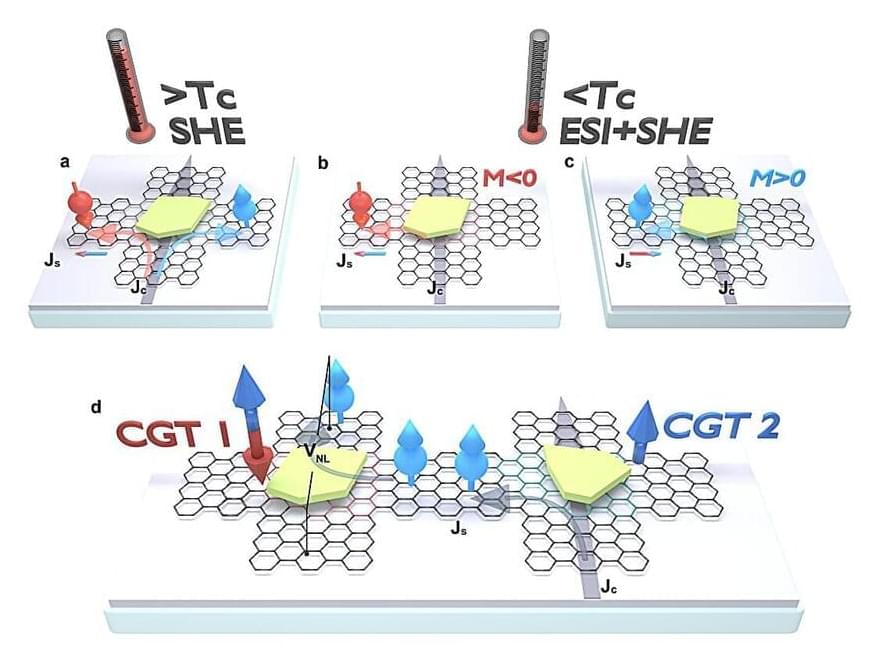ABSTRACT. We present a detailed study of the large-scale shock front in Stephan’s Quintet, a by-product of past and ongoing interactions. Using integral-field spectroscopy from the new William Herschel Telescope Enhanced Area Velocity Explorer (WEAVE), recent 144 MHz observations from the LOFAR Two-metre Sky Survey, and archival data from the Very Large Array and JWST, we obtain new measurements of key shock properties and determine its impact on the system. Harnessing the WEAVE large integral field unit’s field of view (90 |$\times$| 78 arcsec|$^{2}$|), spectral resolution (|$R\sim 2500$|), and continuous wavelength coverage across the optical band, we perform robust emission-line modelling and dynamically locate the shock within the multiphase intergalactic medium with higher precision than previously possible. The shocking of the cold gas phase is hypersonic, and comparisons with shock models show that it can readily account for the observed emission-line ratios. In contrast, we demonstrate that the shock is relatively weak in the hot plasma visible in X-rays (with Mach number of |$\mathcal {M}\sim 2\!-\!4$|), making it inefficient at producing the relativistic particles needed to explain the observed synchrotron emission. Instead, we propose that it has led to an adiabatic compression of the medium, which has increased the radio luminosity 10-fold. Comparison of the Balmer line-derived extinction map with the molecular gas and hot dust observed with JWST suggests that pre-existing dust may have survived the collision, allowing the condensation of H|$_2$| – a key channel for dissipating the shock energy.
Category: particle physics – Page 176
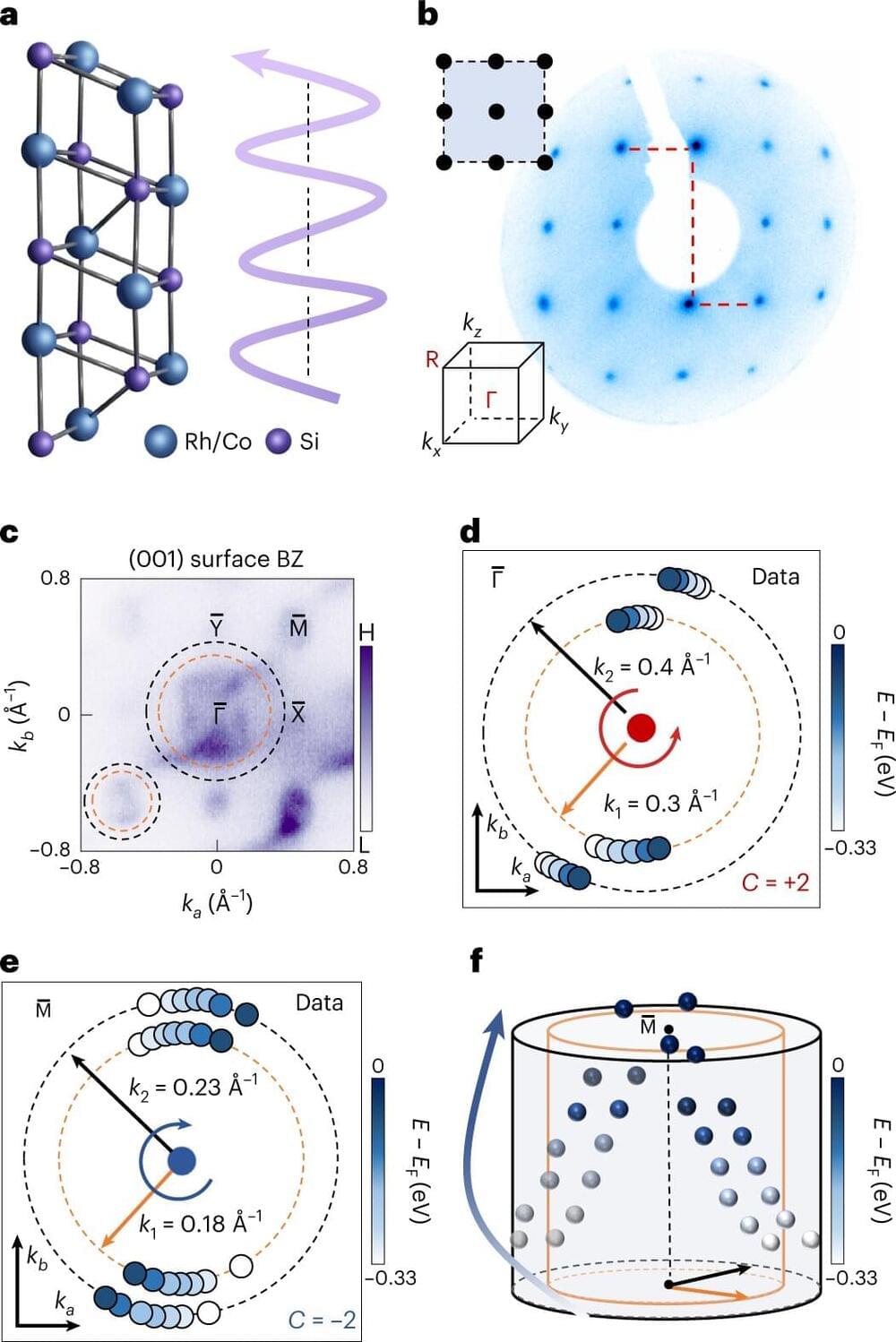
Discovery of van Hove singularities could lead to novel materials with desirable quantum properties
Strong interactions between subatomic particles like electrons occur when they are at a specific energy level known as the van Hove singularity. These interactions give rise to unusual properties in quantum materials, such as superconductivity at high temperatures, potentially ushering in exciting technologies of tomorrow.
Research suggests topological materials that allow electrons to flow only on their surface to be promising quantum materials. However, the quantum properties of these materials remain relatively unexplored.
A study co-led by Nanyang Asst Prof Chang Guoqing of NTU’s School of Physical and Mathematical Sciences identified two types of van Hove singularities in the topological materials rhodium monosilicide (RhSi) and cobalt monosilicide (CoSi).
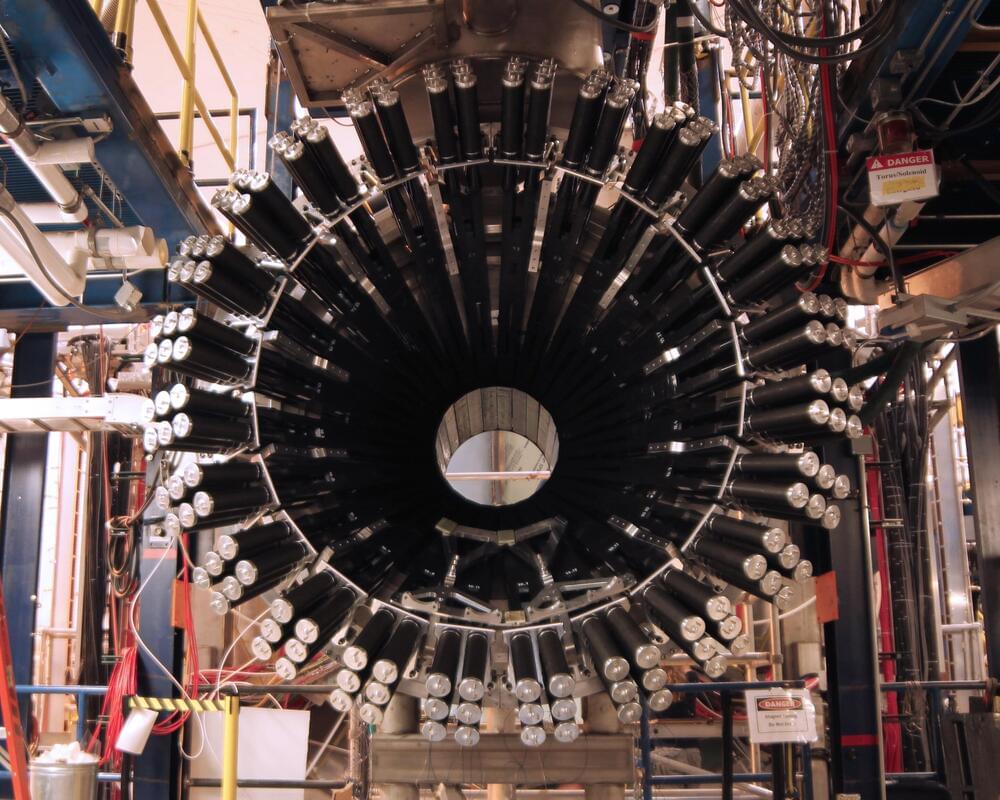
Accessing the lesser known nucleon: New neutron measurement can help physicists learn about nucleon structure and spin
Protons and neutrons–known collectively as nucleons–are both the building blocks of matter, but one of these particles has received a bit more attention in certain types of nuclear physics experiments.
Until now. New results published in Physical Review Letters describe a first-time glimpse of the internal structure of the neutron thanks to the development of a special, 10-years-in-the-making detector installed in Experimental Hall B at the U.S. Department of Energy’s Thomas Jefferson National Accelerator Facility.
“We detected the neutron for the first time in this type of reaction, and it’s quite an important result for the study of nucleons,” said Silvia Niccolai, a research director at the French National Centre for Scientific Research (CNRS).
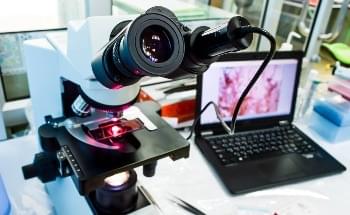
Accelerating Scientific Discovery with AI
How can scientific discoveries based on large volumes of experimental data be accelerated by artificial intelligence (AI)? This can be achieved in heterogeneous catalysis, according to a recent study led by Prof. Weixue Li from the University of Science and Technology of China (USTC) of the Chinese Academy of Sciences, published in Science.
The researchers developed a comprehensive theory of metal-support interaction (MSI), a key aspect of catalysis, by combining interpretable AI with domain knowledge, experimental data, and first-principles simulations.
Supported metal catalysts are widely used in industrial chemical production, petrochemical refining, and environmental control systems like exhaust catalysts. MSI influences interfacial activities, such as charge transfer, chemical composition, perimeter sites, particle shape, and suboxide encapsulation, in addition to stabilizing dispersed catalysts. As a result, modifying MSI is one of the few ways to enhance catalyst performance.
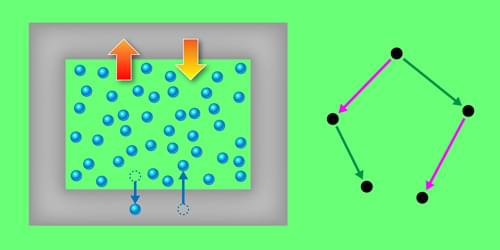
Symmetry Spotted in Statistical Mechanics
The identification of a new type of symmetry in statistical mechanics could help scientists derive and interpret fundamental relationships in this branch of physics.
Symmetry is a foundational concept in physics, describing properties that remain unchanged under transformations such as rotation and translation. Recognizing these invariances, whether intuitively or through complex mathematics, has been pivotal in developing classical mechanics, the theory of relativity, and quantum mechanics. For example, the celebrated standard model of particle physics is built on such symmetry principles. Now Matthias Schmidt and colleagues at the University of Bayreuth, Germany, have identified a new type of invariance in statistical mechanics (the theoretical framework that connects the collective behavior of particles to their microscopic interactions) [1]. With this discovery, the researchers offer a unifying perspective on subtle relationships between observable properties and provide a general approach for deriving new relations.
The concept of conserved, or time-invariant, properties has roots in ancient philosophy and was crucial to the rise of modern science in the 17th century. Energy conservation became a cornerstone of thermodynamics in the 19th century, when engineers uncovered the link between heat and work. Another important type of invariance is Galilean invariance, which states that the laws of physics are identical in all reference frames moving at a constant velocity relative to each other, resulting in specific relations between positions and velocities in different frames. Its extension, Lorentz invariance, posits that the speed of light is independent of the reference frame. Einstein’s special relativity is based on Lorentz invariance, while his general relativity broadens the idea to all coordinate transformations. These final examples illustrate that invariance not only provides relations between physical observables but can shape our understanding of space, time, and other basic concepts.
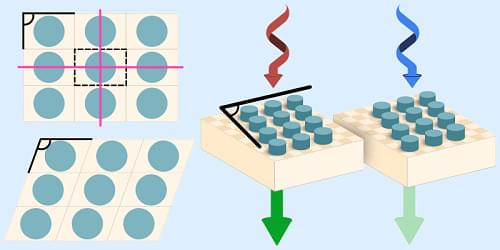

Embedding Correlated Electrons in a Multipurpose Bath
A new framework that embeds electrons in a surrounding bath captures nonlocal correlation effects that are relevant to metals, semiconductors, and correlated insulators.
Searching for new types of superconductors, magnets, and other useful materials is a bit like weaving a tapestry with threads of many different colors. The weaver selects a short-range (local) pattern for how the individual threads intertwine and at the same time chooses colors that will give an overall (nonlocal) mood. A materials scientist works in a similar way, mixing atoms instead of threads, trying to match the motion of their electrons—their correlations—on both local and nonlocal scales. Doing so by trial-and-error synthesis is time intensive and costly, and therefore numerical simulations can be of huge help. To contribute to bridging computations to material discovery, Jiachen Li and Tianyu Zhu from Yale University have developed a new approach that treats local and nonlocal electronic correlations on an equal footing [1] (Fig. 1). They demonstrated their method by accurately predicting the photoemission spectra of several representative materials.
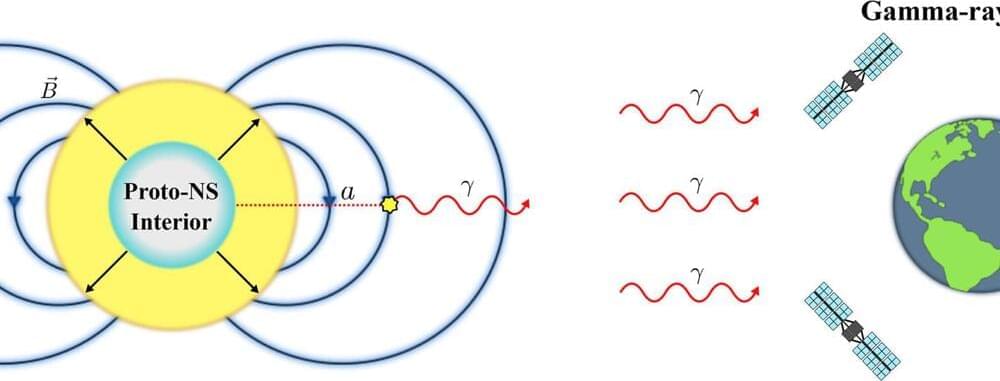
A nearby supernova could end the search for dark matter
The search for the universe’s dark matter could end tomorrow—given a nearby supernova and a little luck. The nature of dark matter has eluded astronomers for 90 years, since the realization that 85% of the matter in the universe is not visible through our telescopes. The most likely dark matter candidate today is the axion, a lightweight particle that researchers around the world are desperately trying to find.
Astrophysicists at the University of California, Berkeley, now argue that the axion could be discovered within seconds of the detection of gamma rays from a nearby supernova explosion. Axions, if they exist, would be produced in copious quantities during the first 10 seconds after the core collapse of a massive star into a neutron star, and those axions would escape and be transformed into high-energy gamma rays in the star’s intense magnetic field.
Such a detection is possible today only if the lone gamma-ray telescope in orbit, the Fermi Gamma-ray Space Telescope, is pointing in the direction of the supernova at the time it explodes. Given the telescope’s field of view, that is about one chance in 10.
Chandra and Hubble tune into ‘flame-throwing’ Guitar Nebula
Normally found only in heavy metal bands or certain post-apocalyptic films, a “flame-throwing guitar” has now been spotted moving through space. Astronomers have captured movies of this extreme cosmic object using NASA’s Chandra X-ray Observatory and Hubble Space Telescope.
The new movie of Chandra (red) and Palomar (blue) data helps break down what is playing out in the Guitar Nebula. X-rays from Chandra show a filament of energetic matter and antimatter particles, about two light-years or 12 trillion miles long, blasting away from the pulsar (seen as the bright white dot connected to the filament).
Astronomers have nicknamed the structure connected to the pulsar PSR B2224+65 as the “Guitar Nebula” because of its distinct resemblance to the instrument in glowing hydrogen light. The guitar shape comes from bubbles blown by particles ejected from the pulsar through a steady wind. Because the pulsar is moving from the lower right to the upper left, most of the bubbles were created in the past as the pulsar moved through a medium with variations in density.
